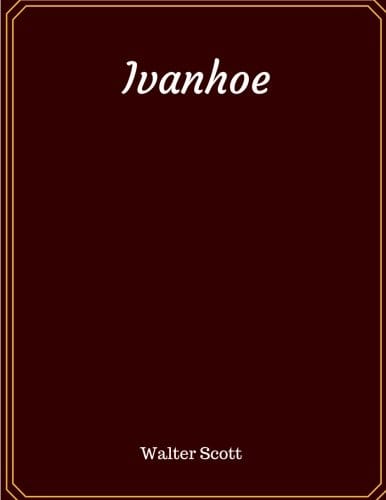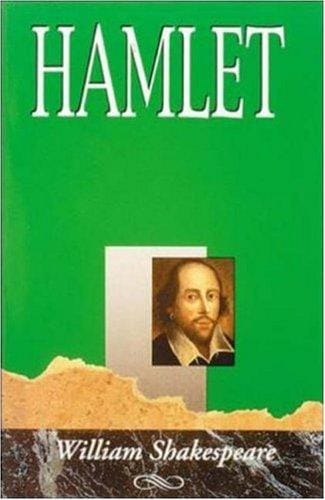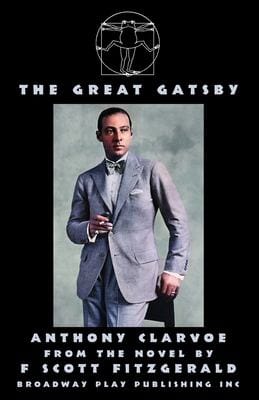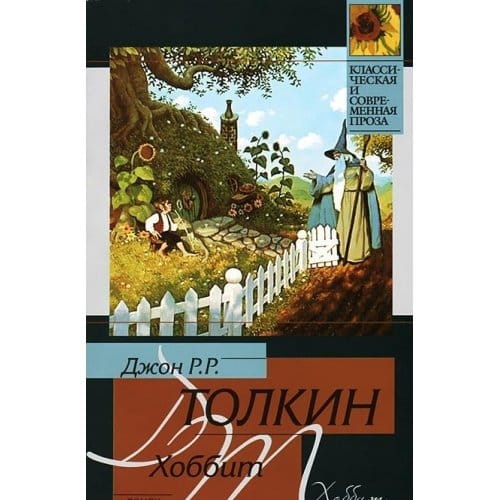Ivanhoe: Sir Walter Scott’s Medieval Masterpiece
Explore Sir Walter Scott's Ivanhoe with plot overview, themes, characters, adaptations, and modern relevance in this 800-word guide.

Introduction
First published in 1819, "Ivanhoe" catapulted Sir Walter Scott from respected Scottish poet to international novelist. Set in 12th-century England yet written during the Romantic era, the book created a template for the modern historical novel and helped revive popular interest in the Middle Ages. Blending adventure, romance, and pointed social commentary, Scott’s tale still enchants readers two centuries later.
Historical Background and Publication
Scott chose the reign of Richard the Lionheart as a dramatic backdrop when national and cultural identities were in flux. By depicting tension between Normans and Saxons, he subtly addressed 19th-century debates over union, empire, and class. The novel appeared anonymously—Scott feared jeopardizing his poetry sales—but its instant success soon revealed the true author. Selling out three editions within months, "Ivanhoe" became a literary sensation across Britain, the United States, and continental Europe.
Plot Overview
Setting the Scene
The story opens after the Third Crusade. Disgraced Saxon knight Wilfred of Ivanhoe returns secretly to England, still loyal to King Richard but estranged from his father, Cedric, for supporting the Norman-favored crusade. Meanwhile, Richard’s scheming brother Prince John maneuvers to usurp the throne, aided by ruthless Norman nobles.
The Tournament and Beyond
At a grand tournament in Ashby-de-la-Zouche, an incognito Ivanhoe defeats the Norman challengers with help from a mysterious Black Knight. Wounded, he is tended by Rebecca, the Jewish daughter of wealthy Isaac of York. Her compassion sparks tension with the proud Saxon lady Rowena, Ivanhoe’s childhood love. The plot thickens when Rebecca, Isaac, Rowena, and Cedric are kidnapped by the villainous Knight Templar Brian de Bois-Guilbert and his allies. A daring siege of Torquilstone castle, Richard’s dramatic return, and a trial by combat between Ivanhoe and Bois-Guilbert lead to resolution, though not without tragedy. Rebecca leaves England, acknowledging Ivanhoe’s devotion to Rowena and the bigotry that bars her own happiness.
Main Characters
Wilfred of Ivanhoe – A skilled but principled knight whose loyalty to Richard and love for Rowena drive the narrative.
Lady Rowena – Cedric’s ward and Saxon heiress, representing traditional lineage and the hope of Saxon resurgence.
Rebecca – A learned Jewish healer whose courage and integrity highlight prejudice in medieval and modern societies.
Brian de Bois-Guilbert – A complex antagonist torn between obsession for Rebecca and allegiance to the Templars.
King Richard – Returning from crusade in disguise, he embodies rightful rule and chivalric idealism.
Prince John – Ambitious and self-serving, he personifies corrupt authority.
Major Themes
Chivalry and Honor
Scott both celebrates and critiques medieval chivalry. Knights joust and vow fealty, yet greed, revenge, and betrayal often overshadow the code. Ivanhoe’s sense of honor contrasts with Bois-Guilbert’s ambition, illustrating how personal ethics, not titles, define true nobility.
National Identity and Reconciliation
The bitter Saxon-Norman divide mirrors divisions in Scott’s Britain between English and Scottish, aristocrat and commoner. By allowing Richard, a Norman king, to restore justice while rewarding loyal Saxons, Scott suggests unity through mutual respect rather than domination.
Religious Tolerance
Isaac and Rebecca endure suspicion, extortion, and violence, exposing medieval anti-Semitism that persisted in Scott’s own time. Rebecca’s dignity invites readers to question prejudice and embrace pluralism—a message that remains urgent today.
Legacy and Adaptations
"Ivanhoe" ignited a craze for medievalism—spurring Gothic architecture revivals, Victorian pageants, and countless imitations from Cooper to Tolkien. Stage versions appeared within a year, followed by operas, radio dramas, and the 1952 MGM film starring Robert Taylor and Elizabeth Taylor, which cemented swashbuckling imagery in popular culture. The novel also influenced the modern conception of Robin Hood, presenting him as a patriotic outlaw allied with Richard.
Why Ivanhoe Still Matters
Beyond its swords-and-squires spectacle, "Ivanhoe" probes timeless questions: How do conquered and conqueror reconcile? Can love transcend cultural barriers? What responsibilities accompany power? Its layered female characters—Rowena as cultural symbol, Rebecca as moral compass—challenge assumptions about medieval gender roles. Meanwhile, Scott’s meticulously researched settings invite readers to explore history’s textures, showing that the past informs present identities.
Reading Tips for Modern Audiences
Contemporary readers may find Scott’s archaic diction and leisurely pacing daunting. Annotated editions help clarify medieval terms and political references. Listening to an audiobook can enliven jousts and banter, while supplementing with historical sources on Richard I, the Crusades, and medieval Judaism deepens appreciation. Approach the novel as both adventure and social critique, and its 500-plus pages will reward patience.
Conclusion
More than an entertaining romp, "Ivanhoe" is a pioneering fusion of meticulous scholarship and imaginative storytelling. Its exploration of loyalty, prejudice, and national identity resonates in multicultural societies confronting their own historical legacies. Whether you come for knightly duels or nuanced discourse, Sir Walter Scott’s medieval masterpiece remains essential reading—and a testament to fiction’s power to bridge centuries.



